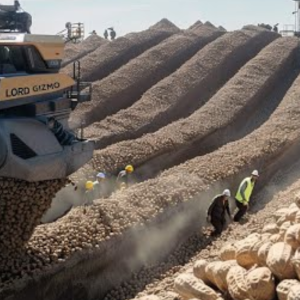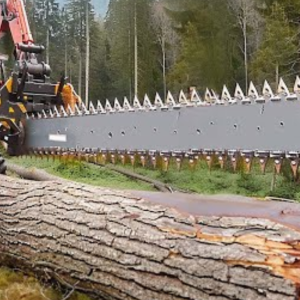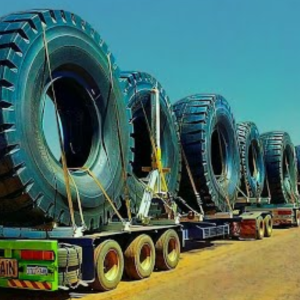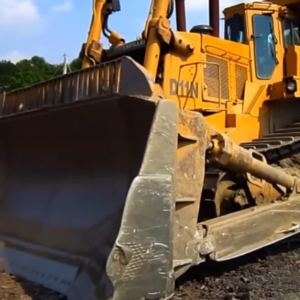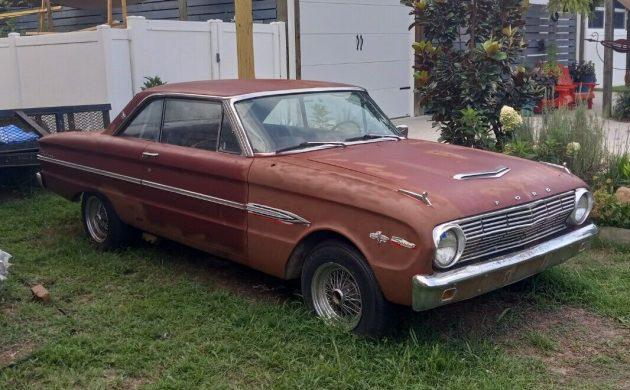
Disclosure: This site may receive compensation from some link clicks and purchases.
Henry Ford II was no fool, and he knew he faced the mammoth task of transforming the fortunes of the dysfunctional company bearing his grandfather’s name when he took the reigns. He proved a fast learner but was also willing to spend the money hiring the right people to get the job done. The result was a group dubbed “The Whiz Kids,” ten individuals who formerly served as officers in the Office of Statistical Control. One of these people was Robert McNamara, who became known as the father of the Falcon. This 1963½ Ford Falcon Sprint emerged after he left the company, and is a solid and complete classic requiring restoration. Its lack of significant rust could make it ideal as a home workshop project. The seller’s decision to list it with No Reserve makes it more appealing.

McNamara was an interesting character within the automotive industry because it is fair to say that he didn’t have gasoline coursing through his veins. He viewed cars purely as a tool to make money and was one of the few people within management who stridently opposed what would eventually become the failed Edsel exercise. He believed that there were greater profits to be made from marketing a low-priced and lightweight compact than from more luxurious vehicles. As such, he sponsored the development of what became the Falcon, leaving the company almost immediately following its launch. Initially hitting the market in 1960, Ford added the V8 Sprint to the range as a 1963½ update. The seller isn’t forthcoming about this Sprint’s history, although its baked Rangoon Red paint suggests it has never undergone restoration. It needs its share of TLC, but the lack of significant rust might make the process relatively straightforward. The seller confirms metal penetration in the lower rear quarter panels and the floors, feeling that repairs should be pretty easy. All of the exterior trim is present, and while the windshield is cracked, the remaining glass looks okay. However, the wire wheels provide the first indication that there might be more to this classic than meets the eye.
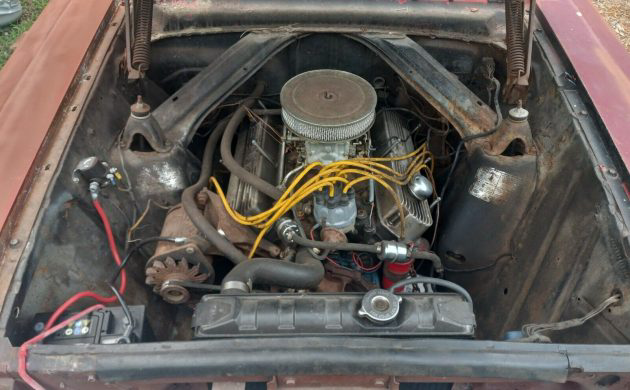
The 1963½ model update for the Sprint saw a V8 under the hood for the first time. Ford opted for its 260ci powerplant producing 164hp and 258 ft/lbs of torque. Buyers could select from a pair of manual transmissions or a two-speed automatic. The V8 didn’t transform the Falcon into a full-blown muscle car, but it significantly improved overall performance. This Sprint no longer houses its original 260, with its rightful spot occupied by a 302ci engine. The specifications are unclear, but power feeds to the road via a four-speed manual. The seller doesn’t indicate whether the car is roadworthy but confirms the 302 is healthy and runs extremely well. Therefore, returning this Sprint to active service could be a realistic short-term goal.

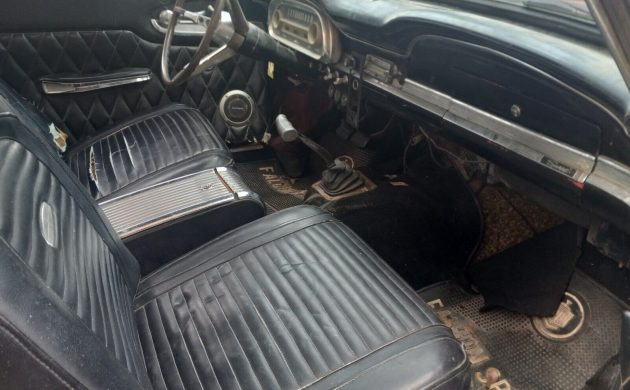
Ford envisaged the Sprint as a slightly more luxurious and potent version of the Falcon, equipping its interior with touches like bucket seats and a console. Those items are intact, although there are plenty of aftermarket additions and custom touches. These include diamond-patterned door trims, a radio/cassette player, and a Hurst shifter. However, none of the changes are irreversible, and a trim kit would seem the most cost-effective solution if the winning bidder pursues the sympathetic path with their build.
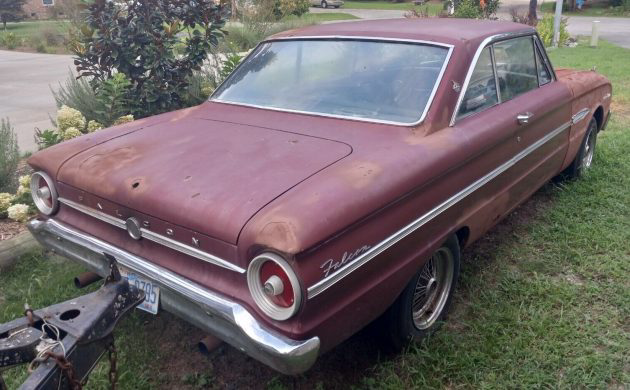
 The seller listed this 1963½ Ford Falcon Sprint here on eBay in New Bern, North Carolina. The No Reserve aspect of their auction has created interest although even after nineteen bids, the price sits at a mere $1,125. It will find a new home when the hammer falls, regardless of the price. However, the indications are that it could be an affordable starting point for a restoration or custom build. That makes this Sprint worth a closer look.
The seller listed this 1963½ Ford Falcon Sprint here on eBay in New Bern, North Carolina. The No Reserve aspect of their auction has created interest although even after nineteen bids, the price sits at a mere $1,125. It will find a new home when the hammer falls, regardless of the price. However, the indications are that it could be an affordable starting point for a restoration or custom build. That makes this Sprint worth a closer look.

